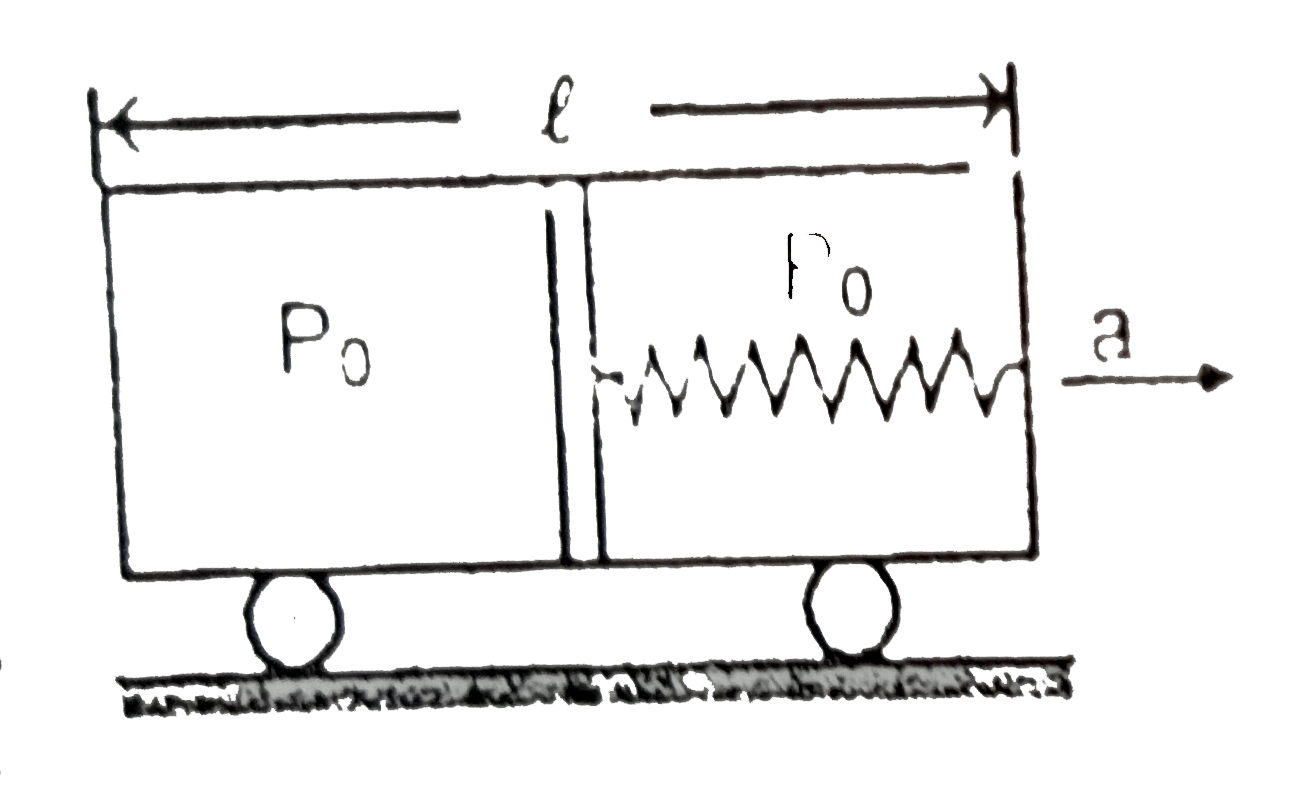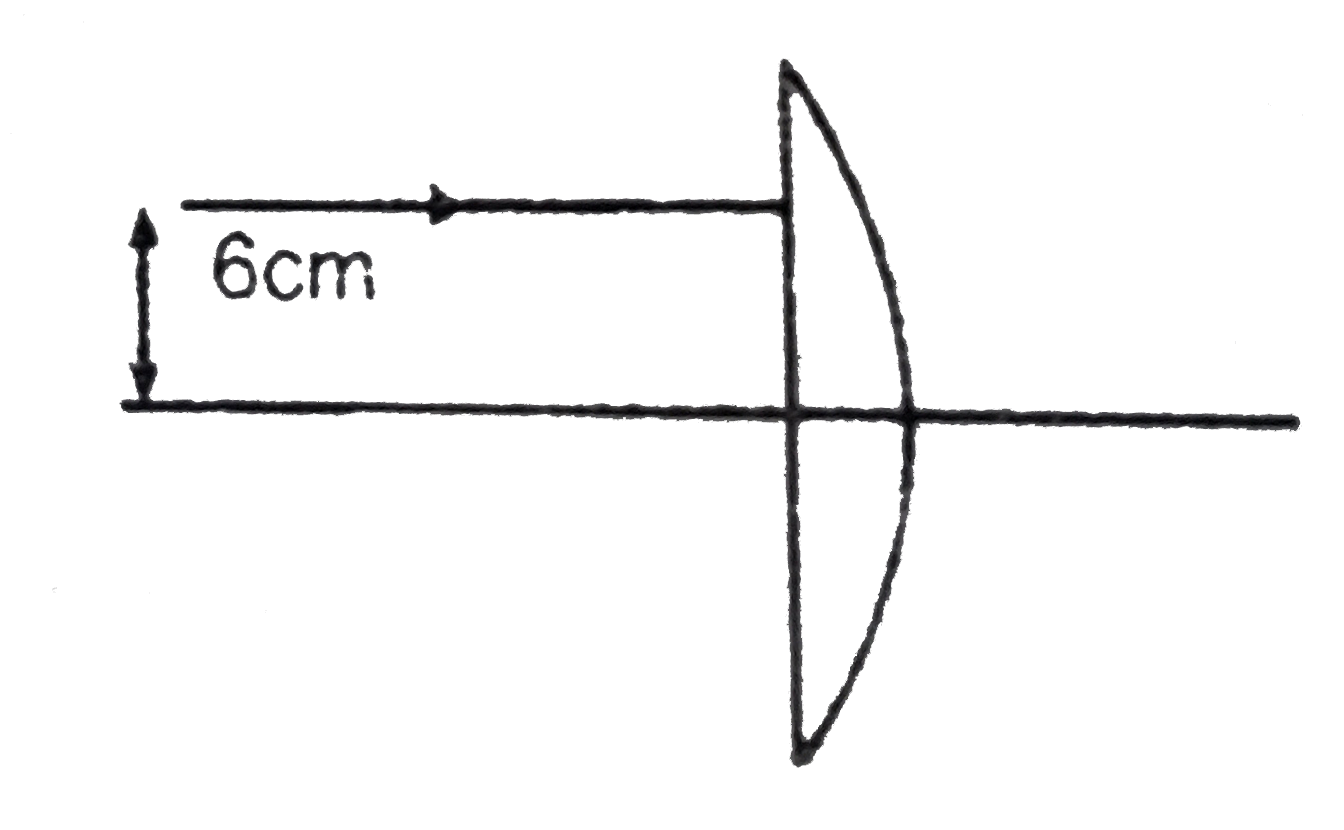The structure which opens in the nasopharynx that permits air pressure on both sides of tympanic membrane of the ear to be kept equal is :-
Oval window
Tube of cochlea
Auditory nerve
Eustachian tube
The correct Answer is:D
To solve the question regarding the structure that opens in the nasopharynx and equalizes air pressure on both sides of the tympanic membrane, follow these steps:
Step 1: Understand the Anatomy of the Ear
- The ear is divided into three main parts: the outer ear, middle ear, and inner ear.
- The tympanic membrane (eardrum) is located in the middle ear and separates it from the outer ear.
Hint: Remember the three parts of the ear and their functions.
Step 2: Identify the Function of the Tympanic Membrane
- The tympanic membrane vibrates in response to sound waves.
- For it to function properly, the air pressure on both sides of the membrane must be equal.
Hint: Consider why equal pressure is important for sound transmission.
Step 3: Locate the Structure that Equalizes Pressure
- The structure responsible for equalizing air pressure on both sides of the tympanic membrane is the Eustachian tube.
- The Eustachian tube connects the middle ear to the nasopharynx, allowing air to flow in and out, thus equalizing pressure.
Hint: Think about how the body maintains balance and pressure in different environments.
Step 4: Confirm the Correct Answer
- Among the options provided, the Eustachian tube (also known as the auditory tube) is the correct answer.
- Other structures mentioned, such as the oval window, cochlea, and auditory nerve, do not serve this function.
Hint: Review the roles of the other structures to reinforce your understanding.
Final Answer
The structure that opens in the nasopharynx and permits air pressure on both sides of the tympanic membrane to be kept equal is the Eustachian tube.
---
- The ear is divided into three main parts: the outer ear, middle ear, and inner ear.
- The tympanic membrane (eardrum) is located in the middle ear and separates it from the outer ear.
- The tympanic membrane vibrates in response to sound waves.
- For it to function properly, the air pressure on both sides of the membrane must be equal.
- The structure responsible for equalizing air pressure on both sides of the tympanic membrane is the Eustachian tube.
- The Eustachian tube connects the middle ear to the nasopharynx, allowing air to flow in and out, thus equalizing pressure.
- Among the options provided, the Eustachian tube (also known as the auditory tube) is the correct answer.
- Other structures mentioned, such as the oval window, cochlea, and auditory nerve, do not serve this function.
The structure that opens in the nasopharynx and permits air pressure on both sides of the tympanic membrane to be kept equal is the Eustachian tube.
Topper's Solved these Questions
Similar Questions
A 0.1M solution of glucose (molecular weight 180gmol−1) and a 0.1M solution of urea (molecular weight 60 g mol−1) are placed on the two sides of a semi-permeable membrane to equal heights. In this context, which of the following statements is correct?
a. Glucose will flow across the membrane into the urea solution.
b. Urea will flow across the membrane into the glucose solution.
c. Water will flow across the membrane from the urea solution into the glucose solution.
d. There will be no net movement across the membrane.View SolutionBased on the diagram drawn above in membranous labyrinth give a suitable term for each of the following descriptions: (1) The sensory cells that helps in hearing. (2) The part that is responsible for static balance of the body. (3) The membrane covered opening that connects the middle ear to the inner ear. (4) The fluid present in the middle chamber of cochlea. (5) The structure that maintains dynamic equilibrium of the body.
View Solution
Knowledge Check
- Question 1 - Select One
To what height should a cyclindrical vessel be filled with a homogeneous liquid to make the force with which the liquid pressure on the sides of the vessel equal to the force exerted by the liquid on the bottom of the vessel ?
Aequal to the radiusBless than radiusCmore than radiusDfour times of radius - Question 2 - Select One
Assertion:The inner ear contains three ossicles (malleus, incus and stapes) which are attached to one another in a chain-like fashion.
Reason:The stapes is attached to the tympanic membrane and the malleus is attached to the oval window of the cochlea.AIf both assertion and reason are true and reason is the correct explanation of assertion.BIf both assertion and reason are true but reason is not the correct explanation of assertion.CIf assertion is true but reason is false.DIf both assertion and reason are false.
The arms of a U shaped tube are vertical. The arm on right side is closed and other arm is closed by light movable piston. There is mercury in the tube and initially the level of the mercury in the arms is the same. Above the mercury, there is an air column of height h in each arm, and initial pressure is the same as atmospheric pressure in both arms. Now pistion is slowly pushed down by a distance of h/2 (see figure)

Let x is the displacement of mercury level in one of the stem and P1 is pressure in left column of air after compression, P2 is pressure in right column of air after compression and P0 is atmospheric pressure thenView SolutionAn adiabatic piston of mass m equally divides an insulated container of total volume v0 and length l. A light spring connect the piston to right wall. The container has helium gas. The pressure on both side of piston is P0. The container starts moving with acceleration 'a' towards right, find the stretch of the spring when acceleration of the piston equals acceleration of container. (Assume displacement of the piston <<l)
 View Solution
View SolutionA light ray parallel to the principal axis is incident (as shown in the figure) on a thin planoconvex lens with radius of curvature of its curved part equal to 10 cm. Assuming that the refractive index of the material of the lens is 4/3 and medium on both sides of the lens is air, find the distance of the point from the lens where this ray meets the principal axis. Find your answer in the form X7cm and fill value of X .
 View Solution
View SolutionRead the following statements and find out the incorrect statements.
a. Anatomically, the ear can be divided into three major sections called the outer ear, the middle ear and the inner ear.
b. The outer ear consists of the pinna and external auditory meatus (canal).
c. The tympanic membrane (ear drum ) is composed of connective tissue covered with mucus membrane outside and with skin inside.
d. The ear ossicles reduces the efficiency of transmission of sound waves to the inner ear.
e. The pinna collects the vibrations in the air which produce sound.View SolutionA horizontal uniform glass tube of 100cm length is sealed at both ends contains 10cm mercury column in the middle , the temperature and pressure of air on either side of mercury column are repectively 31∘C and 76cm of mercury, if the air column at one end is kept at0∘C and the other end at 273∘C then pressure if air which is 0∘C is
(in cm of Hg)View SolutionAn open container has dimensions of 4.0m×5.0m and height of 3.0 m.
(i) Find the weight of the air in the container at 20∘C.
(ii) What is the weight of an equal volume of water ? Also find pressure at the base of container due to this weight pof water.
(iii) What is the total downward force on the base of the container due to air pressure of 1.0 atm ?
Take the denities of air and water as 1.2kg/m3 and 103kg/m3 respectively.View Solution

